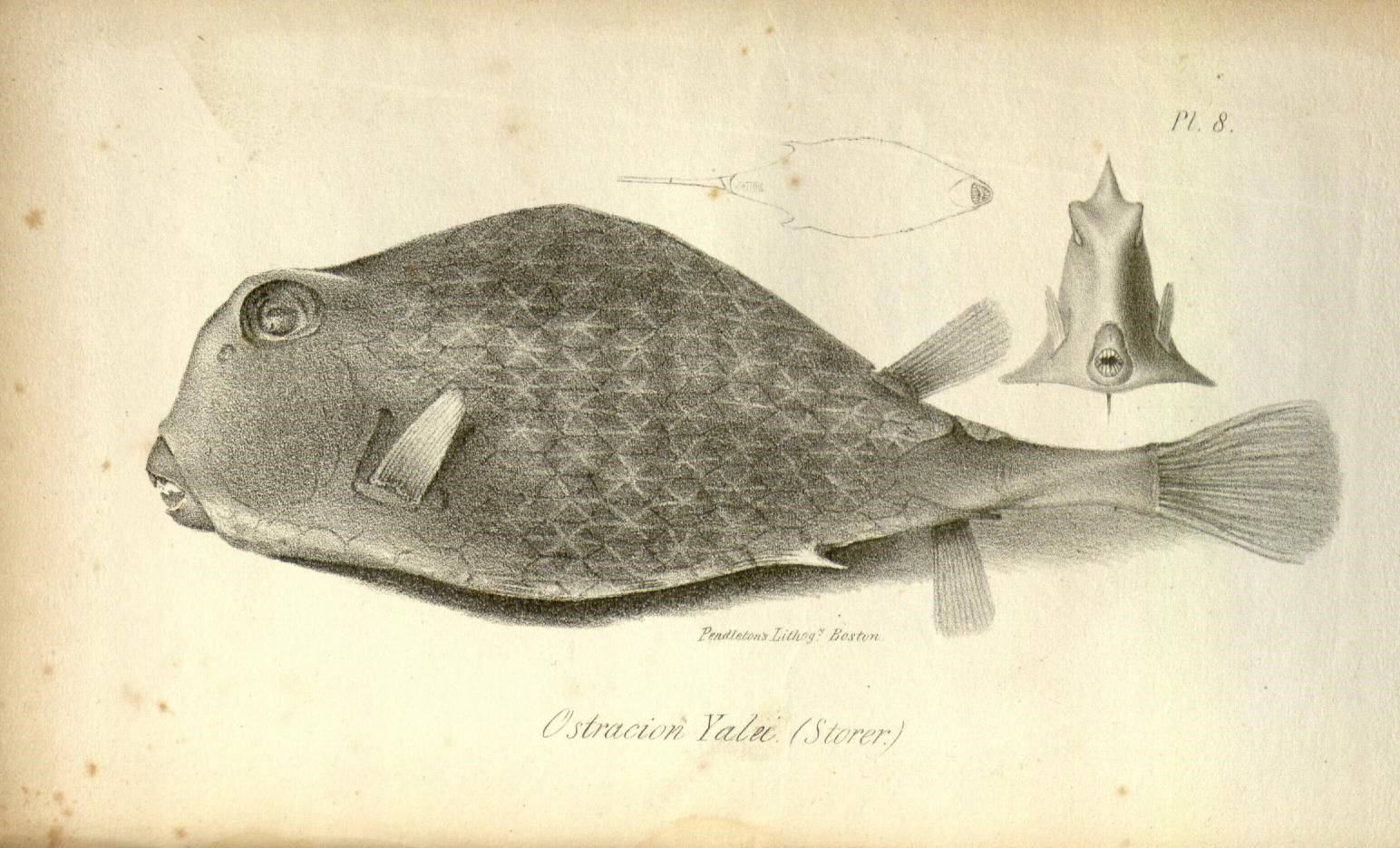Only 5 people in U.S., all in good recovery
Working closely with China and others on Coronavirus outbreak

This is a newsletter and you should subscribe to it thank you.
“We have it totally under control,” Donald Trump said.
It was January 22, and he was asked in public for the first time about his worries about the coronavirus.
“It’s one person coming in from China, and we have it under control,” he said. “It’s going to be just fine.”
As with anything said by Trump, it remains unclear if he was lying, under-informed, or uninterested in becoming so. (Or all three.) And as in so many other instances, Trump’s lies and/or carelessness have had disastrous effects.
The first time Trump tweeted about the virus came on January 24. “It will all work out well,” he reassured us. He followed up again a few days later.
On January 28, he shared an article from the unreliable One America News Network that suggested Johnson & Johnson was working on a vaccine. The article no longer exists, presumably because it was false.
The next day, he announced the creation of a task force led by Alex Azar, the health secretary.
“The risk of infection for Americans remains low, and all agencies are working aggressively to monitor this continuously evolving situation and to keep the public informed,” it explained in a release.
The day after that Trump boasted that there were only five cases in the US.
Meanwhile, he continued to explain how closely he was working with China on the coronavirus “a new thing that a lot of people are talking about”.
“Hopefully it won’t be as bad as some people think it could be,” he said.
On January 31, he banned non-citizens who had recently visited China from entering the US. “We pretty much shut it down coming in from China,” he told Sean Hannity a couple of days later.
As February began, the administration reportedly declined to begin using tests for the virus produced by the World Health Organization.
A month later, on what to do about a cruise ship docked off of California with confirmed patients, Trump said: “I like the numbers being where they are. I don’t need to have the numbers double because of one ship that wasn’t our fault.”
“We had 12, at one point. And now they’ve gotten very much better. Many of them are fully recovered,” he told the media on February 23.
The following day, he tweeted: “The Coronavirus is very much under control in the USA.”
At this point, while waging his war with the media, he continued to suggest the warm weather would make the virus go away.
Here he is, quoting Fox’s Trish Regan.
(A couple of weeks later, Regan was taken off the air by Fox after she dismissed the virus as “another attempt to impeach the president.”)
On February 27, Trump began blaming the spread of the virus on immigrants and suggested closing the border was the solution.
“The Democrat policy of open borders is a direct threat to the health and well being of all Americans. Now you see it with the coronavirus,” he said at a rally in South Carolina.
The first death in the US came the following day.
As March began and the scope of the virus had increased exponentially, Trump continued to fight with the media and to congratulate himself.
On March 9 he tweeted one of his most dangerous and false statements about the virus, comparing it to the flu, a common refrain among his media sycophants at the time.
“So last year 37,000 Americans died from the common Flu,” he tweeted. “It averages between 27,000 and 70,000 per year. Nothing is shut down, life & the economy go on. At this moment there are 546 confirmed cases of CoronaVirus, with 22 deaths. Think about that!”
The next day, he lied again about the availability of tests.
“When people need a test, they can get a test,” he said. “When the professionals need a test, when they need tests for people, they can get the test. It’s gone really well. Look, the biggest thing that we did was stopping the inflow of people early on, and that was weeks ahead of schedule, weeks ahead of what other people would have done.”
On March 11, still more concerned with the stock market, he injected billions into the economy and suggested a payroll tax as a solution for a pandemic. Around that time he started calling for unity.
It didn’t last long.
On March 13, he finally declared a national emergency. “Two very big words,” he said. Almost immediately he began blaming the Obama administration.
The next day he suggested falsely that precise screenings were being done at airports.
Had the border security been weaker, he suggested that day, the number of deaths in the US would be much worse. He provided no evidence for the claim.
On Monday the week of March 18 Trump, seeming to finally take the threat seriously, said: “We have a problem that a month ago nobody ever thought about.”
The next day, attempting to rewrite history, he said he felt it was a pandemic long before it was declared a pandemic.
And then, on Wednesday morning: “I always treated the Chinese Virus very seriously, and have done a very good job from the beginning, including my very early decision to close the ‘borders’ from China – against the wishes of almost all. Many lives were saved.”
Again, he used what has become a racist term for the virus, and tried to divert responsibility. “The Fake News new narrative is disgraceful & false!”
Originally published in The Guardian.
